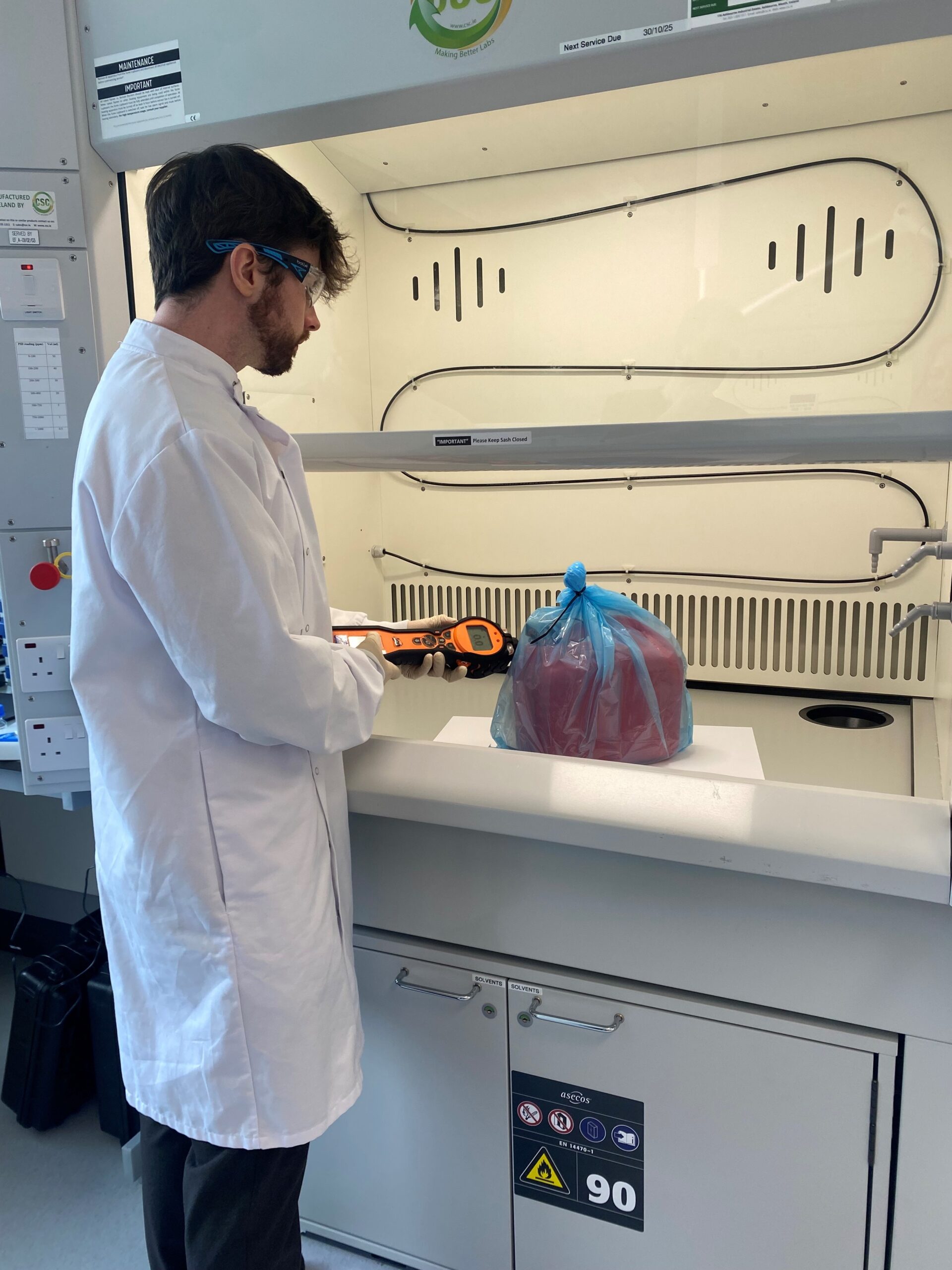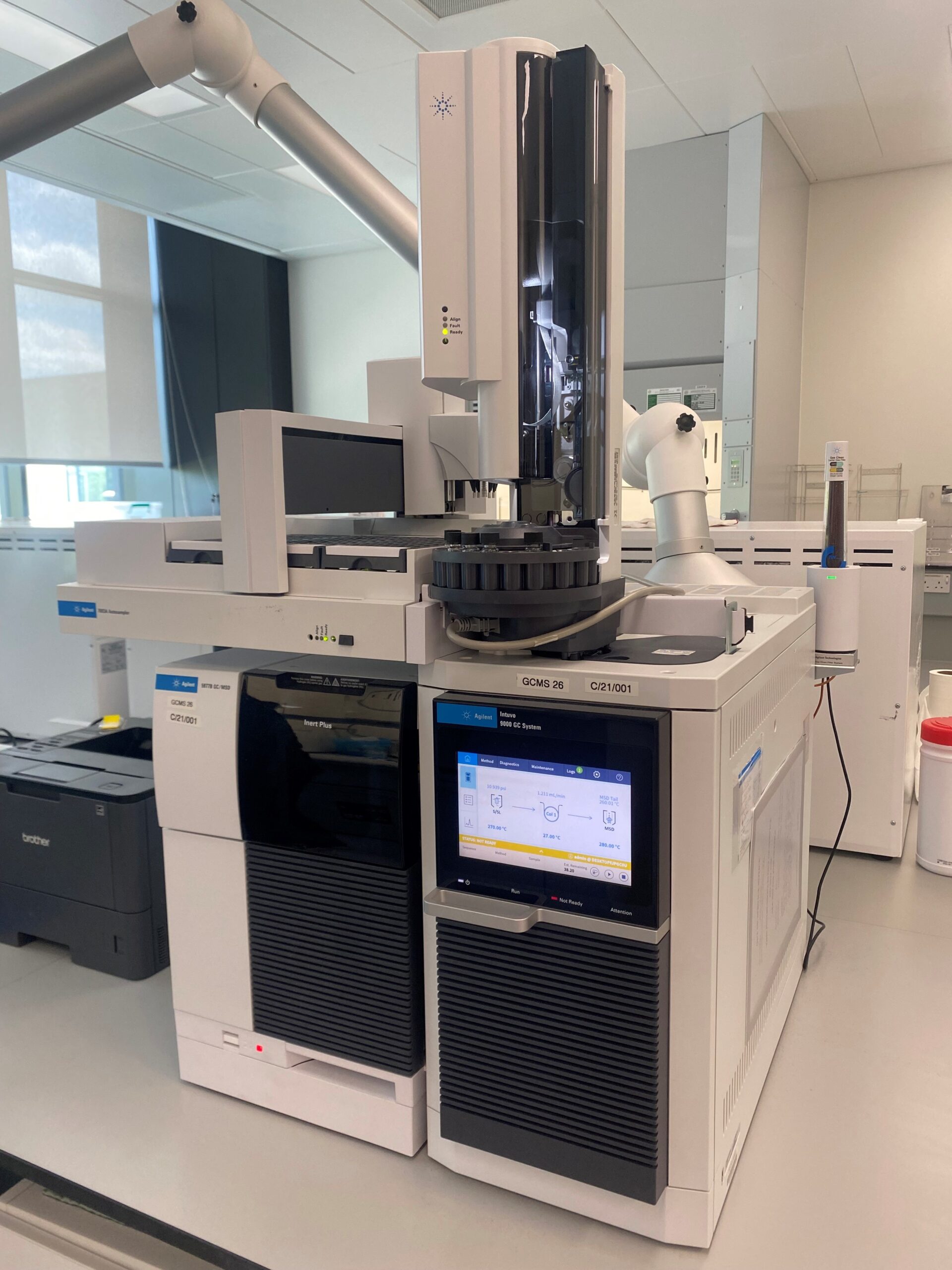Fig.1
Fire Debris Analysis


Fig.2
Hydrocarbon Fire-Accelerants
Accelerants are substances used to initiate a fire or speed up its spread. Many commonly used household items – such as petrol, kerosene, lighter fluid, paint thinners, and other solvents – can serve as accelerants. In a fire, these substances act as additional fuel to ensure the fire ignites quickly and burns intensely. A fire itself is a chemical reaction (combustion) that requires three key factors, often referred to as the “fire triangle”: fuel (something that can burn), oxygen, and heat (an ignition source). If any one of these factors is removed or insufficient, a fire will diminish or extinguish. Investigators pay close attention to signs of accelerants because their presence can indicate a fire was deliberately set (arson) rather than accidental.
When examining a fire scene, the absence or presence of accelerant residues is a crucial clue. In accidental fires (say, caused by an electrical fault or an unattended candle), one would not expect to find traces of petrol or other accelerant in the debris. By contrast, if an accelerant was used to start or rapidly spread a fire, it often leaves behind trace chemical residues soaked into porous materials (like wood, carpet, or soil).
Fire debris from a suspicious fire and such is collected and analysed for residues. Petrol and other petroleum distillates are among the most commonly detected accelerants in arson cases because they are readily available, easy to obtain in large quantity, and highly flammable . The detection of such substances can strongly support the hypothesis that a fire was intentionally set.
The primary tool for accelerant analysis is Gas Chromatography–Mass Spectrometry (GC-MS). The sample is injected into a GC-MS, which separates the mixture into individual compounds and identifies them based on their mass spectra. The resulting chromatographic pattern (a series of peaks corresponding to different chemicals) is compared to known reference patterns of common ignitable liquids (like petrol, diesel, kerosene, etc.). This allows the scientist to recognize what type of accelerant, if any, is present in the debris.
